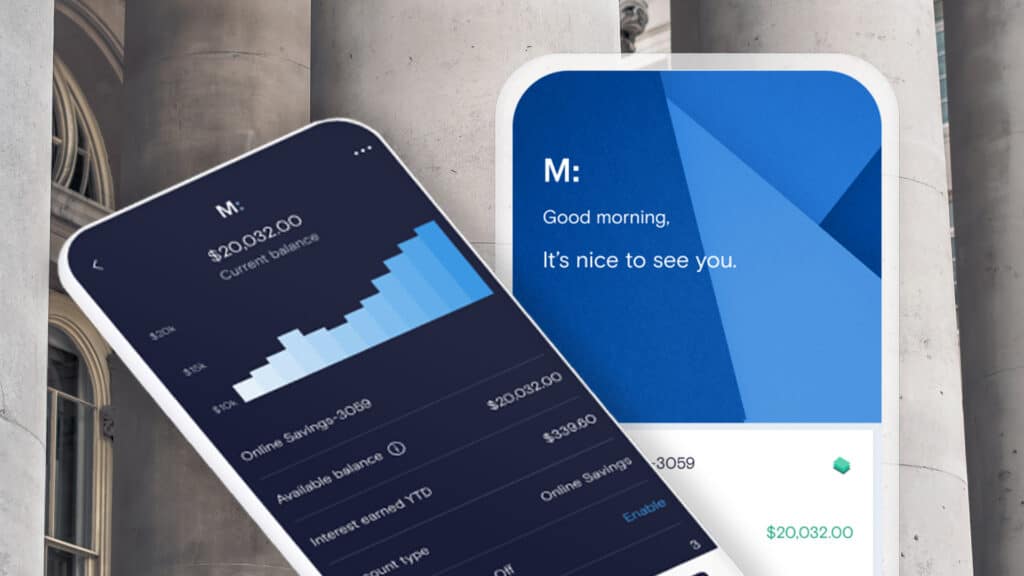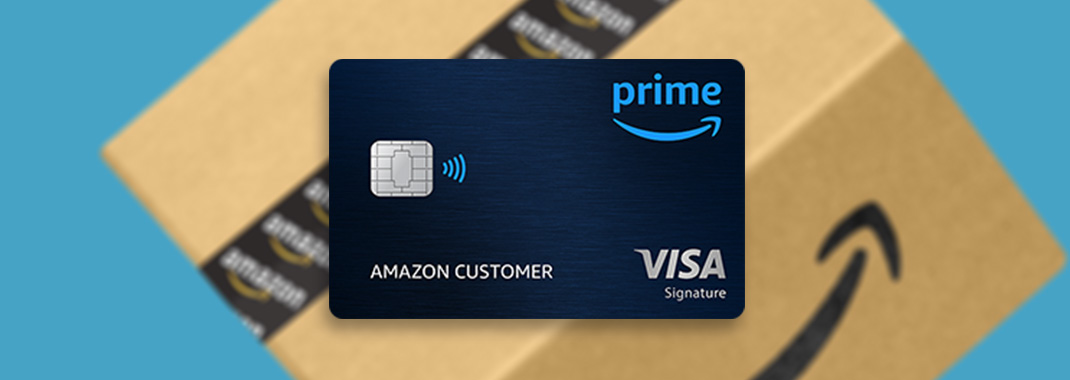Most products on this page are from partners who may compensate us. This may influence which products we write about and where and how they appear on the page. However, opinions expressed here are the author's alone, not those of any bank, credit card issuer, airline or hotel chain.
Pros and Cons of Premium Credit Cards
Pros
- A wealth of bonus points/credits
- Priority travel perks
- High welcome bonus/ sign-up offers
- Introductory APR
Cons
- Substantial annual fees
- High barriers to entry
- Earning caps
What Is a Premium Credit Card?
A premium credit card is unlike a traditional credit card in that it parcels multiple incentives (
For example, a conventional credit card may give you one main perk like high cash back in a set category.
- High cash back earning potential across multiple categories
- All-inclusive airport lounge access
- Travel credits
- Priority boarding
- Luggage credits/allowance
Who Should Use a Premium Credit Card?
You should use a premium card if the value outweighs the cost. This can look different for every situation but there are some common themes you see in these users.
Typically, premium cards are best for heavy travelers, high spenders (within certain categories) or those who use credit cards with intentionality. Let’s unpack these three instances.
1. The Heavy Traveler
Avid music listeners are more likely to pay for ad-free playlists. Online gamers are more likely to pay for faster processors. Likewise, if you travel more than average, you are likely to seek out a card with travel-related perks.
Many premium cards target users who are constantly on the go because they can better justify the cost of a higher annual fee in order to receive the comfort of certain benefits. These include:
- Priority boarding for convenience
- TSA precheck allowance for quicker security screenings
- Lounge access for comfort away from crowds and an open bar
- Airline credit for future travels
You can put a direct price tag on some of these perks, while others are intangible but their value goes way up when you’re tired, uncomfortable and on your second delayed layover.
So for someone who travels once or twice a year, these are seen more as
2. The Big Spender
Premium cards might offer more ways to earn miles, points and card bonuses if you spend a certain amount. Plus, the incentives from some
For instance, select issuers have been known to boost the credit limit for users who spend at a specific capacity while paying their monthly bills on time. Not only does this give you more buying potential but also can help with your credit utilization and improve your overall credit score. (Win-win-win.)
Quick Tip
Earning bonuses from spending can be a slippery slope. Don’t go outside of your budget by chasing a cash back or reward incentive. A common offer we see is “Earn X in rewards after spending $X in the first 90 days”. These offers are great if you were already budgeted for that level of spending but can have drawbacks when the bill comes due.
3. The Intentional User
Credit cards are tools, and those who see the most benefit, no matter the card, are users who spend with intention and play to the card's strengths. The concept is straightforward: Travelers who spend substantial amounts on hotels, rentals and flights will get more benefits from a premium travel rewards credit card over a credit card that prioritizes gas and grocery purchases.
Sure, they may receive a good amount of cash back, but are they maximizing their return? Probably not. And they are likely missing out on other high-quality travel allowances in the process. There is a card out there for every type of spender—comparing is the key to finding your best fit.
 Related Article
Related Article
Top Credit Cards With Bonuses of 75,000 Points or More
Who Should Not Use a Premium Credit Card
Premium cards are not for everyone, and not every premium card performs the same. There are some definite red flags you should consider before wasting money, time, and a hard credit
- Do you have low credit? While not all premium card issuers will flat-out state it, good or excellent credit is a main criteria for approval. If you have low credit, you’re better off applying for a card with fewer barriers to entry. Or applying for cards specifically designed for below-average credit.
- Is the value greater than the cost? Premium cards tend to have substantial annual fees ranging from $395 to $5,000. Not to mention what you have to spend to receive the most benefit. Weigh the value versus the cost prior to committing.
- Is it a tool or a status symbol? It's easy to get caught up in the hype of a card’s namesake. Some cards have a track record of being super prestigious. Why? There’s fame behind the name. Sure, these cards can have their benefits, but they may not be worth the fees for all users.
Is a Premium Credit Card Worth the Cost? Here's How to Find Out
Deciding to go for a premium credit card can be an easy decision for some people. But for many, it’s a holistic decision that takes some thought and a little digging. Here are the three elements that we suggest considering:
- The benefits
- Your spending
- The fees and interest
Evaluate the Benefits
While it can be easy to get blinded by the high annual fee premium credit cards come with, try and see past it (for now, anyway). The benefit of premium credit cards is that they offer better-than-average reward systems.
By leveraging your spending against these rewards you could take advantage of thousands of dollars in cash back or travel credits each year. This should help offset or cover the cost of the higher annual dues. Also, don't overlook the benefits that have more utility value than monetary value, like the airport lounges and TSA precheck allowance. While they won't cover your annual fee on a one-to-one basis, some argue they are just as valuable as a cash incentive.
Review Your Spending
It’s likely your current bank or credit card comes with an app that shows a spending breakdown. Look at your average spending and pay attention to the categories you spend the most in. Adjust for situational purchases (like those one-off birthday presents).
Once you see your average spend and your most used categories, this should be one of your foundations for selecting a credit card.
Assess the Fees and Interest
Nothing will eat up your seemingly high rewards quicker than associated costs like annual fees, transaction fees and interest. Fortunately for everyone, by law credit card issuers must disclose this information. Here are the potential associated costs you need to consider prior to applying for a premium card:
- Annual fee: The most obvious and most expensive associated fee is the annual fee. This can range from $395 to $5,000 (in extreme cases) but tend to cap at $695.
- Foreign transaction fees: Traveling overseas often? Some card issuers charge for any transactions outside of the
states or made in foreign currency.
- Interest charges: Interest is like a convenience fee. You’re paying a fee for the convenience of having access to a lender’s line of credit. However much of that credit you’ve used is how much interest you’ll pay each month. Keep this in mind if you plan to hold a large balance.
Some other common
- Late payment fee
- Balance transfer fee
- Cash advance fee
- Over-the-limit fee.
- Returned payment fee
Quick Tip
It’s easier to opt-in on a credit card that offers a seemingly first-rate introductory bonus, especially if it’s coupled with a $0 annual fee. But with premium cards, a high annual fee is almost guaranteed. So instead, be sure you’re looking at the bonus as nothing more than an additional perk, not a controlling factor in your decision.
Comparing Your Options: Conventional vs. Premium Credit Cards
Premium credit cards offer an elevated level of perks and benefits that you don’t typically see with conventional credit cards. Through the use of premium credit cards, users have access to extended lines of credit, low introductory APR, sign-up bonuses, travel perks and substantial cash back/credits.
The bottom line is, going premium is paying off for many of these luxury cardholders. The question you need to ask yourself is, are you one of them?


















